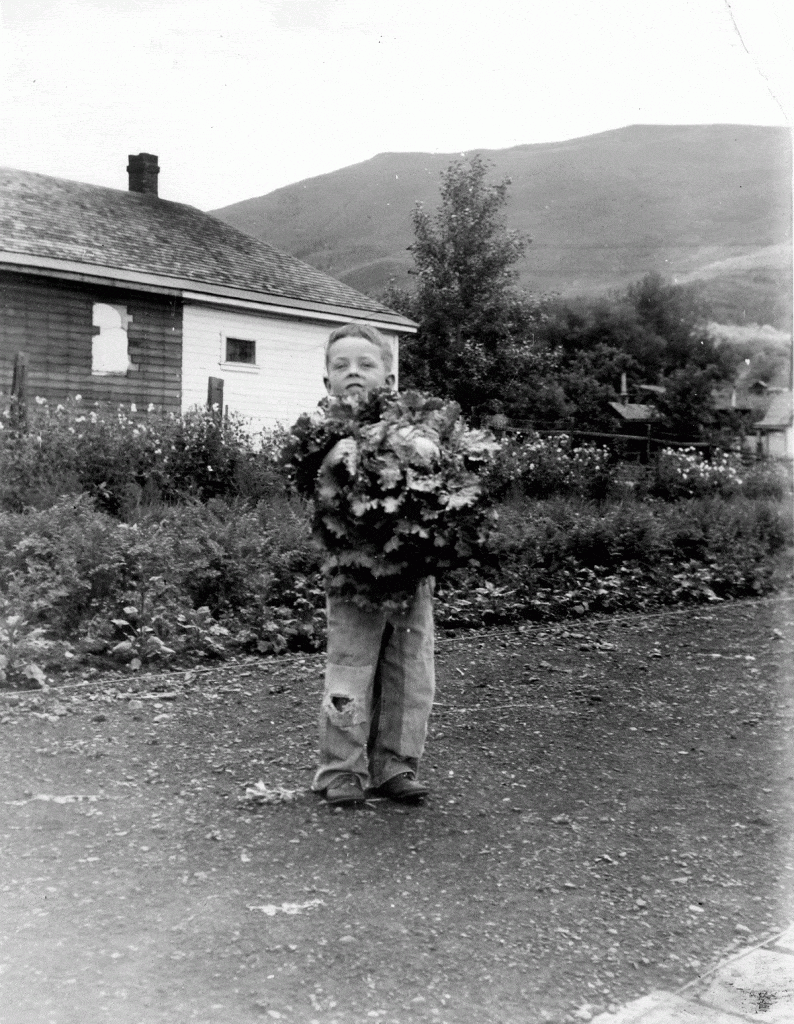Victory gardens first became popular in World War I, when wartime propaganda conceived of by the United States Food Administration began to promote voluntary food conservation. Herbert Hoover, head of the agency, President Wilson, and others in the American government coined the slogan, “Food will win the war,” and encouraged those on the home front to cultivate their own gardens. By war’s end, there were five million victory gardens across the country.
The movement became even more popular, however, during World War II. Used in addition to ration stamps, gardens helped relieve pressure on the public food supply. They also served as morale boosters, giving the home front tangible evidence of their contribution to the war effort. “Our food is fighting,” propaganda posters proclaimed to the populace. When a third to a half of all vegetables produced came from private and community gardens each year during the war, providing food for the armed forces became cheaper, thus allowing money to be spent elsewhere in the military.
Though gardening can be challenging at our altitude and in our cold mountain climate, Park City contributed to the victory garden campaign. Even the mining companies got on board. In the early years of the war, the Silver King Coalition Mines Company began to distribute plots of land to any of its employees desiring to grow and maintain gardens.
“The company will plow and prepare the ground for planting, furnish the water and put in the necessary irrigation ditches,” the Park Record reported in April 1943. “The employees [will] ‘take over’ from there – furnish the seed, plant, irrigate, pull weeds and harvest the crop.”
The land provided was near the Spiro Tunnel and what was referred to as “the Ferry ranch,” by or on what is now the Park City Golf Course. Silver King employees submitted requests for plots which were distributed in early May. The Record, falling in line with the literature released by the US War Department and Food Administration Department, urged everyone to get on board, “not only for their own welfare but also as a patriotic service.”
Gardens, the government further urged, built up individual health, provided tastier and more easily acquired produce, saved people money, and helped the community. They “promote neighborliness, sociability, cooperation…They develop the kind of civic pride which spurs on the best in local enterprise.”

Credit: Park City Historical Society and Museum, Robert Sawyer Collection
Even after the war’s end, victory gardens were encouraged. Food shortages and rationing continued into the post-war years. In May 1946, the Silver King announced that it would once again be offering plots for gardens. “A map showing each plot and person to whom currently assigned is posted at the Mine Office, Consolidated Tunnel portal, and Alliance Tunnel portal,” the company told its workers.
The victory garden campaign across the country was enormously successful. World War II saw the cultivation of over eighteen million gardens in private and communal spaces, both urban and rural.